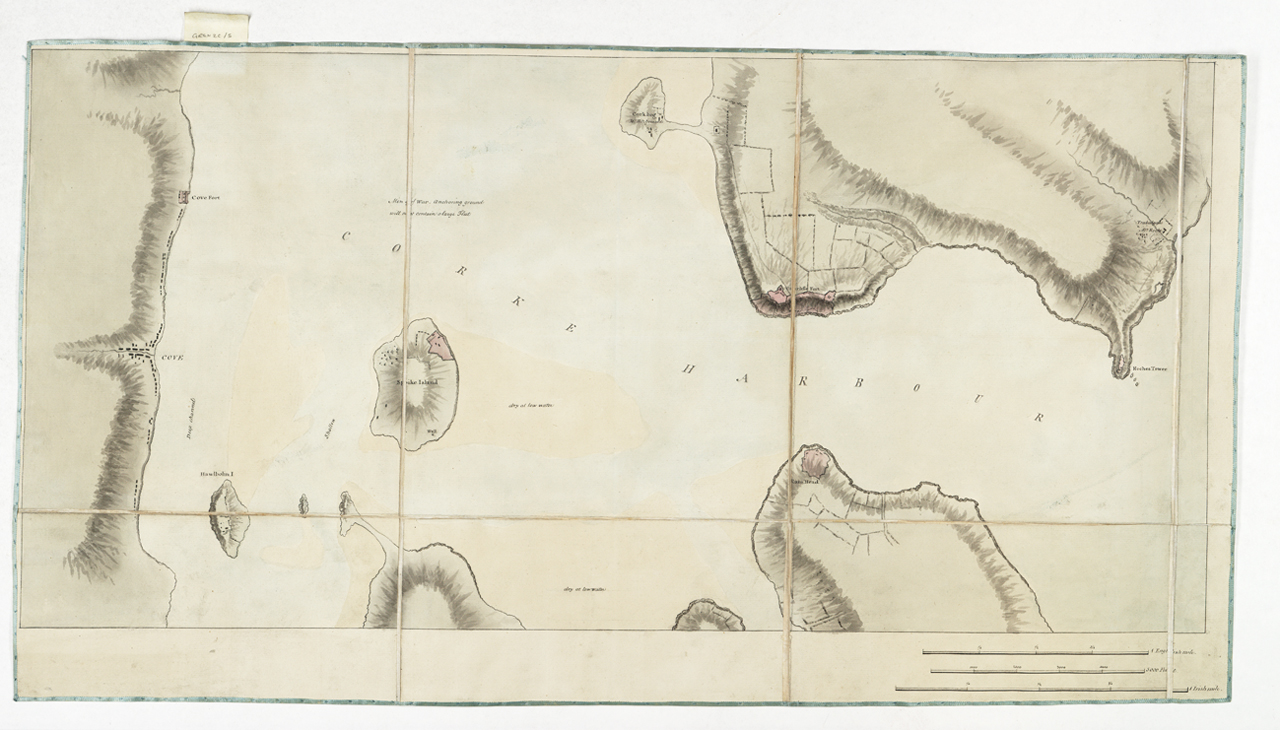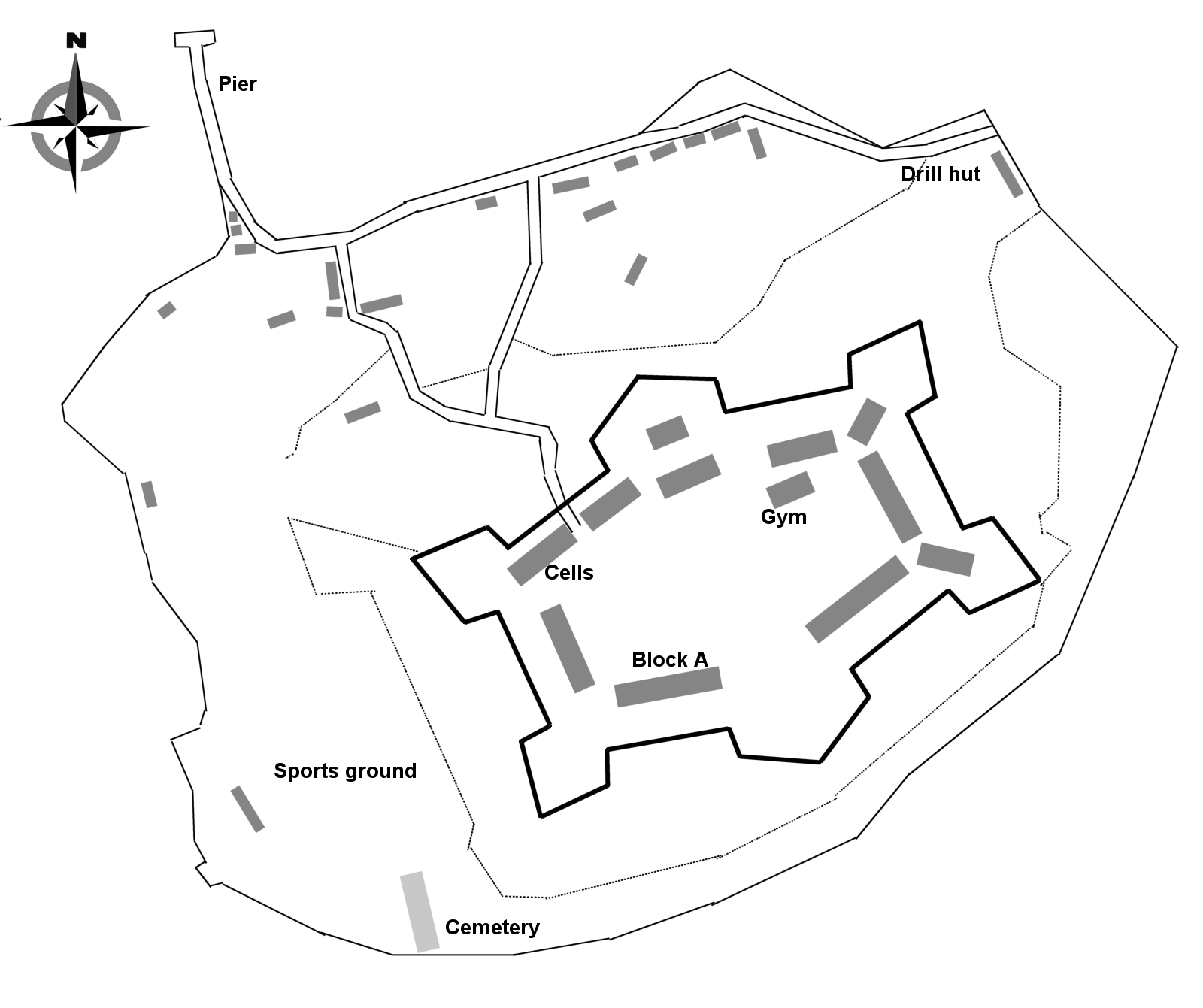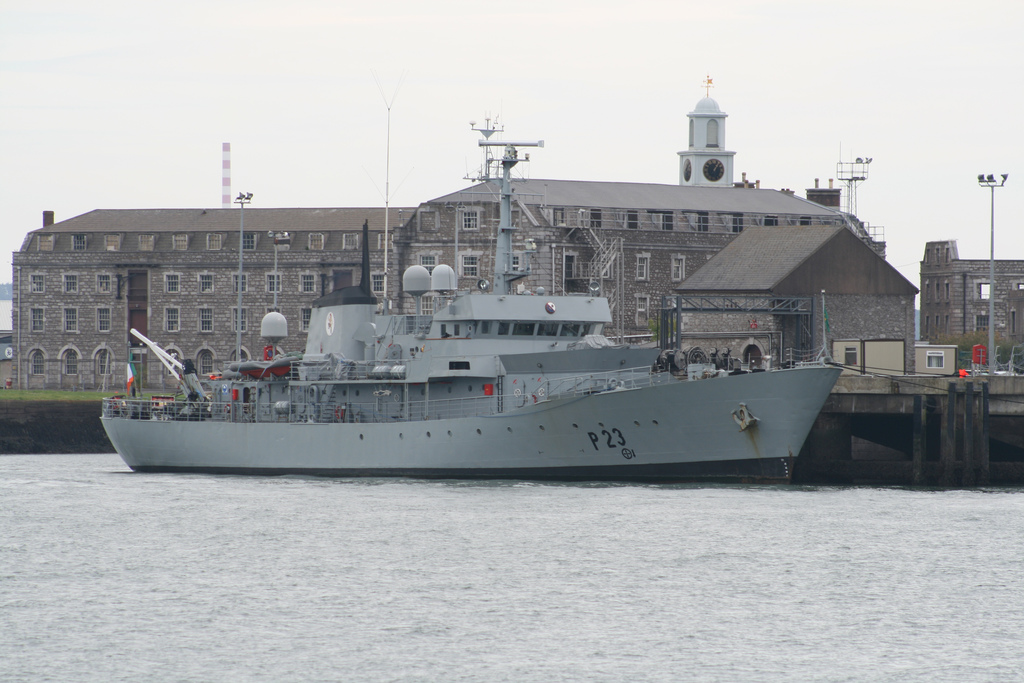|
Cobh
Cobh ( ,), known from 1849 until 1920 as Queenstown, is a seaport town on the south coast of County Cork, Ireland. With a population of around 13,000 inhabitants, Cobh is on the south side of Great Island in Cork Harbour and home to Ireland's only dedicated cruise terminal. Tourism in the area draws on the maritime and emigration legacy of the town. Facing the town are Spike and Haulbowline islands. On a high point in the town stands St Colman's, the cathedral church of the Roman Catholic Diocese of Cloyne. It is one of the tallest buildings in Ireland, standing at 91.4 metres (300 ft). Name The village, on the island, was known as "Ballyvoloon", a transliteration of the Irish "Baile Ui-Mhaoileoin" (en: "O'Malone's place"), while the Royal Navy port, established in the 1750's, became known as "The Cove of Cork" or "Cove". The combined conurbation was renamed to "Queenstown", in 1849, during a visit by Queen Victoria. The name was changed to ''Cobh'', during the Irish War ... [...More Info...] [...Related Items...] OR: [Wikipedia] [Google] [Baidu] |
Cobh
Cobh ( ,), known from 1849 until 1920 as Queenstown, is a seaport town on the south coast of County Cork, Ireland. With a population of around 13,000 inhabitants, Cobh is on the south side of Great Island in Cork Harbour and home to Ireland's only dedicated cruise terminal. Tourism in the area draws on the maritime and emigration legacy of the town. Facing the town are Spike and Haulbowline islands. On a high point in the town stands St Colman's, the cathedral church of the Roman Catholic Diocese of Cloyne. It is one of the tallest buildings in Ireland, standing at 91.4 metres (300 ft). Name The village, on the island, was known as "Ballyvoloon", a transliteration of the Irish "Baile Ui-Mhaoileoin" (en: "O'Malone's place"), while the Royal Navy port, established in the 1750's, became known as "The Cove of Cork" or "Cove". The combined conurbation was renamed to "Queenstown", in 1849, during a visit by Queen Victoria. The name was changed to ''Cobh'', during the Irish War ... [...More Info...] [...Related Items...] OR: [Wikipedia] [Google] [Baidu] |
Great Island
Great Island () is an island in Cork Harbour, at the mouth of the River Lee and close to the city of Cork, Ireland. The largest town on the island is Cobh (called Queenstown from 1849 to 1922). The island's economic and social history has historically been linked to the naval, ship-building, and shipping activities in the town's environs. In the early 21st century, a different marine industry has arisen. Tourism and related services have become a significant part of the local economy, including cruise ships attracted by the Port of Cork berthing facilities on the island. This is the only dedicated cruising ship berth in the Republic of Ireland. History The ancient name of the island was ''Ard-Neimheadh'', the "High (or important) island of Neimheadh". According to the 11th-century work Lebor Gabála Érenn, Neimheadh was the leader of a group who invaded the area in prehistoric times. Archaeological evidence of prehistoric and early medieval settlement on Great Island i ... [...More Info...] [...Related Items...] OR: [Wikipedia] [Google] [Baidu] |
St Colman's Cathedral, Cobh
The Cathedral Church of St Colman ( ga, Ardeaglais Naomh Colmán), usually known as Cobh Cathedral, or previously Queenstown Cathedral, is a single- spire cathedral in Cobh, Ireland. It is a Roman Catholic cathedral and was completed in 1919. Built on Cathedral Place, it overlooks Cork harbour from a prominent position, and is dedicated to Colmán of Cloyne, patron saint of the Diocese of Cloyne. It serves as the cathedral church of the diocese. Construction began in 1868 and was not completed until over half a century later due to increases in costs and revisions of the original plans. With the steeple being 91.4 metres tall (300 ft), the cathedral is the tallest church in Ireland. It was considered to be the second-tallest, behind St John's Cathedral in Limerick which was believed to be 94 metres tall; newer measurements have shown that the St John's spire is in fact 81 metres tall and therefore only the fourth tallest church in Ireland. History The Diocese of Cloyn ... [...More Info...] [...Related Items...] OR: [Wikipedia] [Google] [Baidu] |
Cork Harbour
Cork Harbour () is a natural harbour and river estuary at the mouth of the River Lee in County Cork, Ireland. It is one of several which lay claim to the title of "second largest natural harbour in the world by navigational area" (after Port Jackson, Sydney). Other contenders include Halifax Harbour in Canada, Trincomalee Harbour in Sri Lanka and Poole Harbour in England. The harbour has been a working port and a strategic defensive hub for centuries, and it has been one of Ireland's major employment hubs since the early 1900s. Traditional heavy industries have waned since the late 20th century, with the likes of the closure of Irish Steel in Haulbowline and shipbuilding at Verolme. It still has strategic significance in energy generation, shipping, refining and pharmaceuticals development. Geography The main tributary to the harbour is the River Lee which, after flowing through Cork city, passes through the upper harbour (Lough Mahon) in the northwest before passing to t ... [...More Info...] [...Related Items...] OR: [Wikipedia] [Google] [Baidu] |
Cove Fort, County Cork
Cove Fort is a small bastioned land battery to the east of Cobh in County Cork, Ireland. Built as a coastal defence fortification in 1743, on instruction of the then Vice-Admiral of the Coast, it replaced a number of temporary coastal artillery batteries which defended Cork Harbour. The seaward fortifications included a demi-bastioned frontage with three tiers of gun emplacements commanding the harbour's main shipping channel and defending the naval yards at Haulbowline. While the landward walls included musketry flanking-galleries, later 18th century reports criticised the fact that the fort was overlooked by higher ground to the rear and that planned landward bastion defences had not been built. A 1763 report recorded the fort as having a number of 24-pounder long guns, and a later survey by Charles Vallancey records a small detachment of Royal Irish Artillery at the site. By 1811 there were 20 or more 24-pounder guns in place. In the 19th century the harbour's other defe ... [...More Info...] [...Related Items...] OR: [Wikipedia] [Google] [Baidu] |
Cork East (Dáil Constituency)
Cork East is a parliamentary constituency in County Cork represented in Dáil Éireann, the lower house of the Irish parliament or Oireachtas. The constituency elects 4 deputies ( Teachtaí Dála, commonly known as TDs) on the system of proportional representation by means of the single transferable vote (PR-STV). History and boundaries The constituency was first created in 1923 under the Electoral Act 1923 as a 4-seat constituency and was first used for the 1923 general election. It was abolished under the Electoral (Revision of Constituencies) Act 1935. It was recreated under the Electoral (Amendment) Act 1947 as a 3-seat constituency and used for the 1948 general election until it was abolished under the Electoral (Amendment) Act 1961. It was recreated under the Electoral (Amendment) Act 1980 as a 4-seat constituency for the 1981 general election, and has been used at all elections since then. The constituency runs from Mitchelstown and Mallow in the north of Coun ... [...More Info...] [...Related Items...] OR: [Wikipedia] [Google] [Baidu] |
Roman Catholic Diocese Of Cloyne
The Diocese of Cloyne ( ga, Deoise Chluana) is a Roman Catholic diocese in Republic of Ireland, Ireland. It is one of six suffragan dioceses in the ecclesiastical province of Roman Catholic Archdiocese of Cashel and Emly, Cashel (also known as Munster). Geographic remit Cloyne diocese is located in the northern and eastern parts of County Cork. The major towns in the diocese are Cobh, Fermoy, Mallow, County Cork, Mallow, Midleton and Youghal. The population is over 120,000 people. History The diocese has its beginnings in the monastic settlement of Colman of Cloyne, Saint Colman of Cloyne in Cloyne, east Cork. A Cloyne Round Tower, round tower and pre-reformation cathedral still stand at this site. The diocese was erected in A.D. 580. Colman, son of Lenin, lived from 522 to 604 A.D. He had been a poet and bard at the court of Caomh, Kings of Munster, King of Munster at Cashel, Tipperary, Cashel. It was St. Brendan of Clonfert who induced Colman to become Christians, Christian. ... [...More Info...] [...Related Items...] OR: [Wikipedia] [Google] [Baidu] |
County Cork
County Cork ( ga, Contae Chorcaí) is the largest and the southernmost county of Ireland, named after the city of Cork, the state's second-largest city. It is in the province of Munster and the Southern Region. Its largest market towns are Mallow, Macroom, Midleton, and Skibbereen. the county had a population of 581,231, making it the third- most populous county in Ireland. Cork County Council is the local authority for the county, while Cork City Council governs the city of Cork and its environs. Notable Corkonians include Michael Collins, Jack Lynch, Roy Keane, Sonia O'Sullivan and Cillian Murphy. Cork borders four other counties: Kerry to the west, Limerick to the north, Tipperary to the north-east and Waterford to the east. The county contains a section of the Golden Vale pastureland that stretches from Kanturk in the north to Allihies in the south. The south-west region, including West Cork, is one of Ireland's main tourist destinations, known for its rugg ... [...More Info...] [...Related Items...] OR: [Wikipedia] [Google] [Baidu] |
Spike Island, County Cork
Spike Island ( gle, Inis Píc) is an island of in Cork Harbour, Ireland. Originally the site of a monastic settlement, the island is dominated by an 18th-century bastion fort now named Fort Mitchel. The island's strategic location within the harbour meant it was used at times for defence and as a prison. Since the early 21st century the island has been developed as a heritage tourist attraction, with €5.5 million investment in exhibition and visitor spaces and accompanying tourism marketing. There were in excess of 81,000 visitors to the island during 2019, a 21% increase on 2018 numbers. Spike Island was named top European tourist attraction at the 2017 World Travel Awards. History Early history The principal evidence for a monastic foundation on Spike Island comes from Archdall's ''Moanasticon Hibernicum'', which states that Saint Mochuada founded a monastery there in the 7th century. While this may be correct, another passage from the "Life of St Mochuada" implie ... [...More Info...] [...Related Items...] OR: [Wikipedia] [Google] [Baidu] |
List Of Tallest Structures In Ireland
This is a list of the tallest structures on the island of Ireland. Those in Northern Ireland are denoted by a light blue background, the rest are in the Republic of Ireland. Tallest churches Tallest structures Other categories Entries in the list that are in Northern Ireland are denoted by an asterisk, the others being in the Republic of Ireland. ;Sculptures:Spire of Dublin, 120 m (394 ft) :Spire of Hope, St Anne’s Cathedral, Belfast*, 80m (262 ft) ;Gantry Cranes:"Samson", Harland and Wolff, Belfast*, 106 m (348 ft) ;Bridges: River Suir Bridge, Waterford, 100 m (330 ft) : Boyne River Bridge, 95 m (312 ft) ;Windmills: Kilgarvan Wind Farm (group of 14 wind turbines), 93 m (305 ft) ;Obelisks: Wellington Monument, Phoenix Park, 63 m (207 ft) (Tallest in Europe) ;Lighthouses:Fastnet Rock Lighthouse, 44.5 m (146 ft) ;Stadiums:Croke Park, 40 m (131 ft) ;Air traffic control towers: Dublin Airport ... [...More Info...] [...Related Items...] OR: [Wikipedia] [Google] [Baidu] |
Munster
Munster ( gle, an Mhumhain or ) is one of the provinces of Ireland, in the south of Ireland. In early Ireland, the Kingdom of Munster was one of the kingdoms of Gaelic Ireland ruled by a "king of over-kings" ( ga, rí ruirech). Following the Norman invasion of Ireland, the ancient kingdoms were shired into counties for administrative and judicial purposes. In later centuries, local government legislation has seen further sub-division of the historic counties. Munster has no official function for local government purposes. For the purposes of the ISO, the province is listed as one of the provincial sub-divisions of the State ( ISO 3166-2:IE) and coded as "IE-M". Geographically, Munster covers a total area of and has a population of 1,364,098, with the most populated city being Cork. Other significant urban centres in the province include Limerick and Waterford. History In the early centuries AD, Munster was the domain of the Iverni peoples and the Clanna Dedad famil ... [...More Info...] [...Related Items...] OR: [Wikipedia] [Google] [Baidu] |
Haulbowline
Haulbowline ( ga, Inis Sionnach; non, Ál-boling) is an island in Cork Harbour off the coast of Ireland. The world's first yacht club was founded on Haulbowline in 1720. The western side of the island is the main naval base and headquarters for the Irish Naval Service, with the eastern side previously used for heavy industry and later redeveloped as a park. Since 1966 the island has been connected to the mainland by a roadbridge. Etymology The island's name may derive from Old Norse ''ál-boling'' or similar = "eel dwelling" ("area where there are conger eels"). The 17th and 18th-century spellings end in "-ing"; there may have been nautical influence on the spelling later. The Irish language name for the island, ''Inis Sionnach'', translates to "island of the foxes". Demographics Naval history At a strategic and deepwater position in the harbour, the island has long been a military base. The island was first fortified in 1602, and initially an important base for the Briti ... [...More Info...] [...Related Items...] OR: [Wikipedia] [Google] [Baidu] |


.jpg)





